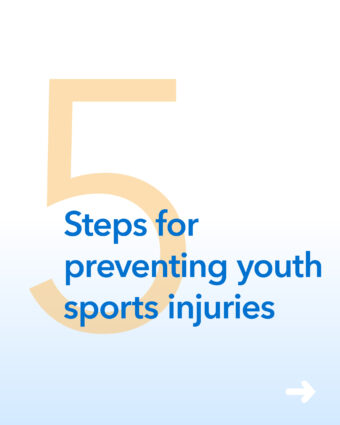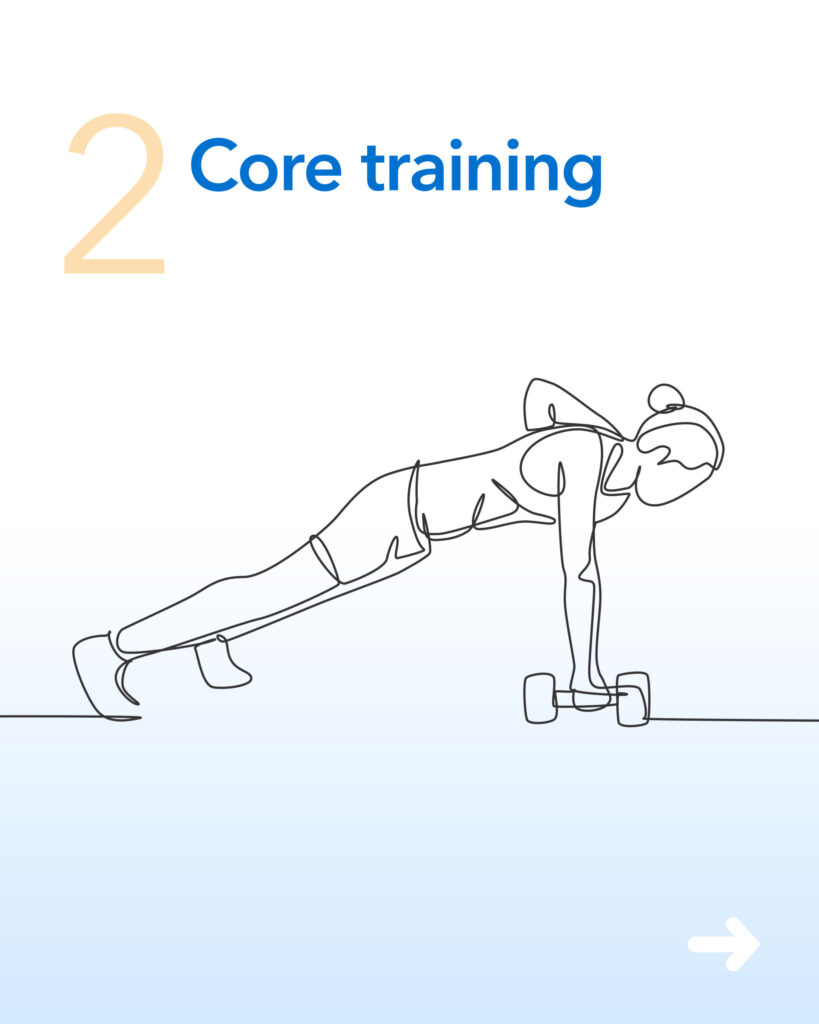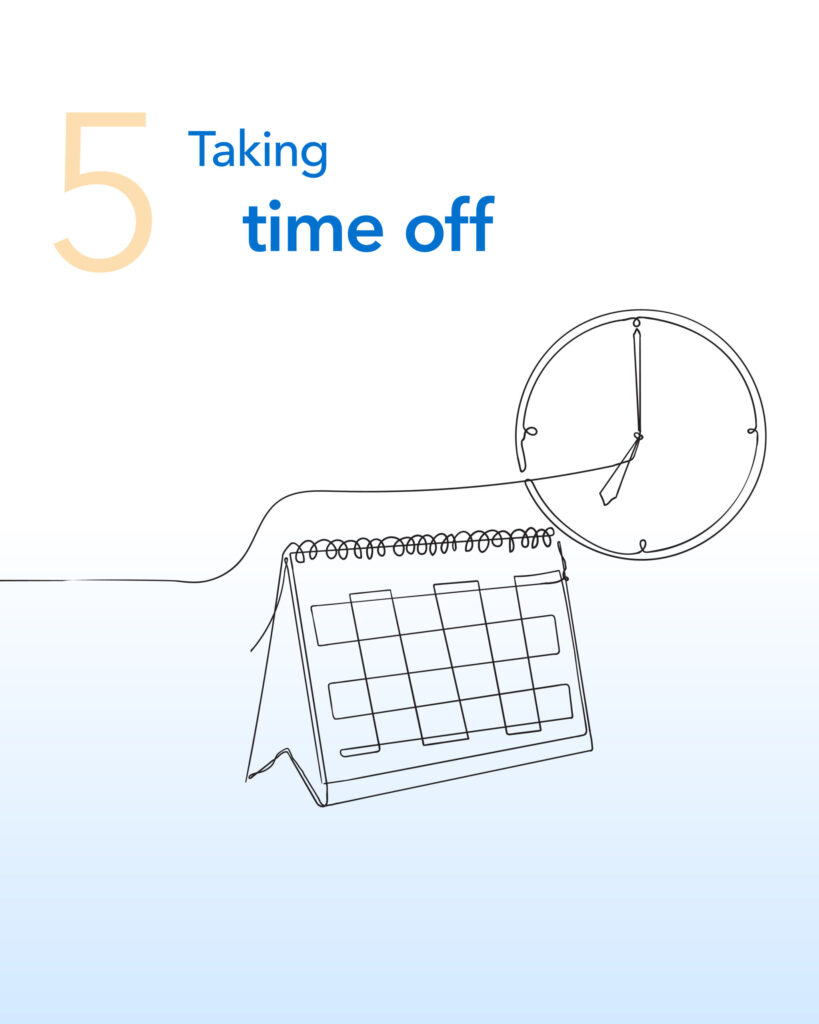
Preventing Youth Sports Injuries
11/6/2025

A new school year marks the arrival of fall high school and middle school sports. It also means the onset of an endless cycle of practices, training and games that can result in injury – particularly for those in contact sports or focusing on one specialized sport.
Approximately 3.5 million children and adolescents 14 years of age and younger are injured each year playing sports or participating in recreational activities, making sports injuries for this group the second leading cause of emergency room visits. They also contribute to approximately 21 percent of all traumatic brain injuries among American children.
There is no question that the benefits of youth sports – including promoting physical and mental health, fighting childhood obesity, and learning to work in a team environment – far outweigh the risk of injury. And while we can never prevent all injuries, the experts at Crystal Clinic Orthopaedic Center recommend these basic steps to give your young athlete the best odds of staying healthy:
Cross Training – Rather than focusing solely on one sport, a mix of sports and training throughout the year helps prevent excessive wear and tear on the same muscles, joints and ligaments that lead to overuse injury.
Core Training – Many young athletes focus on the major muscle groups in the arms and legs and fail to focus on developing core muscles. Core training, including planks and bridges, helps prevent back and lower body fractures, as well as ACL-related injuries.
Using Proper Technique and Equipment – Understanding and utilizing the proper technique for a sport is important to avoid injury, including concussions. For example, the Heads Up technique in football for tackling and blocking helps prevent head-to-head contact. Double-checking the proper fit of helmets, pads and protective gear helps ensure the equipment does its job at times of contact.



Staying Hydrated – Fortunately, there is increasing awareness among coaches and players of the importance of regular water breaks, particularly during the hotter months. Parents also need to be aware of any caffeine supplements, energy drinks and muscle building supplements, such as creatine, their children are using. The combination of these supplements increases the risk of cardiac arrhythmia and heat stroke.
Taking Time Off – Experts recommend taking at least one to two days off per week during the season and three to four weeks off per year to allow the body time to recover from intense workouts.


In the event you or your child suffers an athletic injury, early treatment is critical to returning safely and quickly. Injuries involving severe swelling, deformity or loss of function should be seen by a physician right away. Most minor injuries can be treated with a combination of rest, ice, compression, and elevation for a few days. However, if pain or swelling persists, it is best to seek medical evaluation.
Following proper training and health techniques, combined with knowing when it is time to see a physician, often means the difference between staying with the team on the field and left watching from the sideline.
